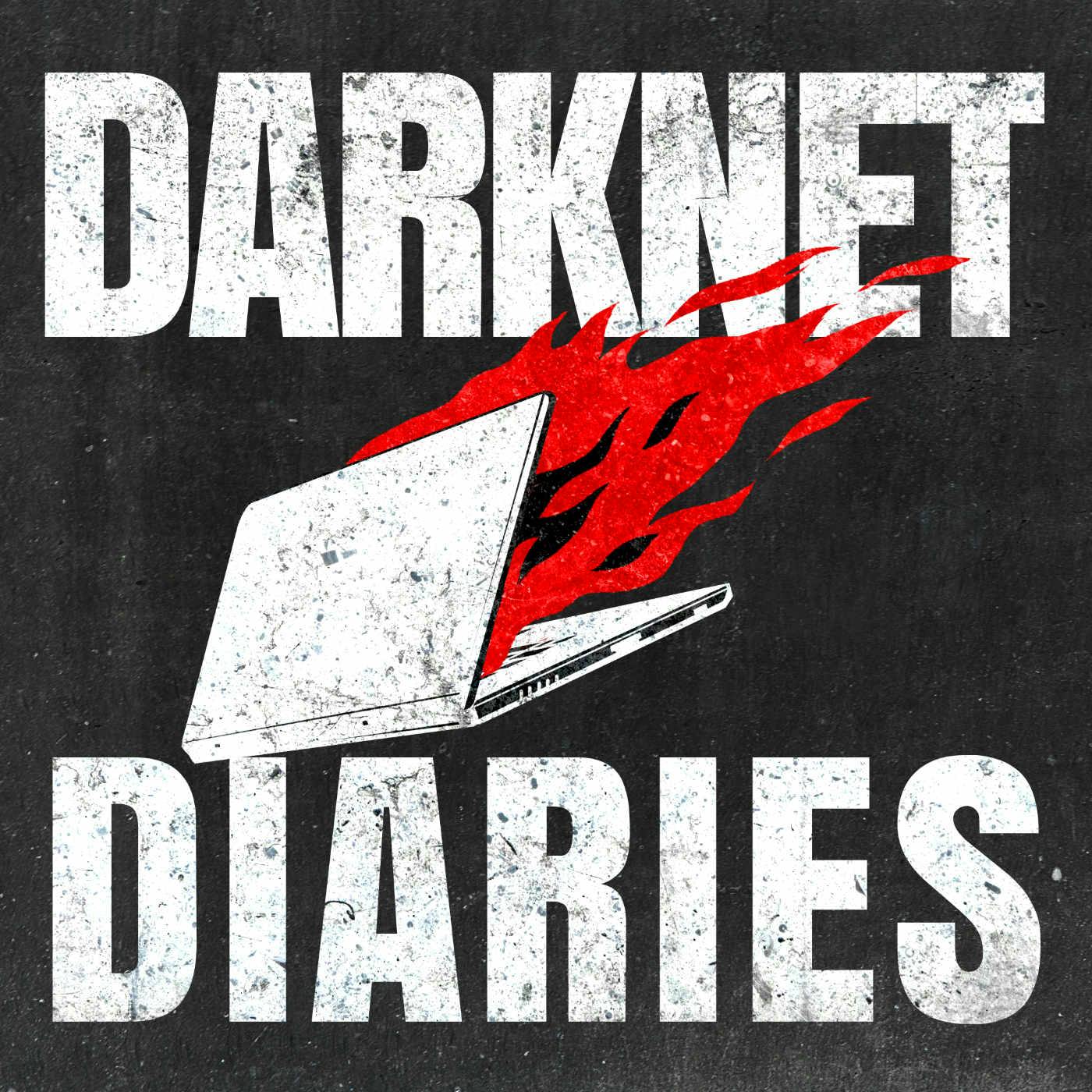
135: The D.R. Incident
Get the full experience! Sign up to access transcripts, personalized summaries, and more features.
Episode Description
Omar Avilez worked in the CSIRT of the Dominican Republic when a major cyber security incident erupted. Omar walks us through what happened and the incident response procedures that he went through.
Breakmaster Cylinder’s new album: https://breakmastercylinder.bandcamp.com/album/the-moon-all-that.
Sponsors
Support for this show comes from Varonis. Do you wonder what your company’s ransomware blast radius is? Varonis does a free cyber resilience assessment that tells you how many important files a compromised user could steal, whether anything would beep if they did, and a whole lot more. They actually do all the work – show you where your data is too open, if anyone is using it, and what you can lock down before attackers get inside. They also can detect behavior that looks like ransomware and stop it automatically. To learn more visit www.varonis.com/darknet.
Support for this show comes from Axonius. The Axonius solution correlates asset data from your existing IT and security solutions to provide an always up-to-date inventory of all devices, users, cloud instances, and SaaS apps, so you can easily identify coverage gaps and automate response actions. Axonius gives IT and security teams the confidence to control complexity by mitigating threats, navigating risk, decreasing incidents, and informing business-level strategy — all while eliminating manual, repetitive tasks. Visit axonius.com/darknet to learn more and try it free.
Support for this show comes from Flare. Flare automates monitoring across the dark & clear web to detect high-risk exposure, before threat actors have a chance to leverage it. Their unified solution makes it easy to rapidly identify risks across thousands of sources, including developers leaking secrets on public GitHub Repositories, threat actors selling infected devices on dark web markets, and targeted attacks being planned on illicit Telegram Channels. Visit https://flare.io to learn more.
Sources
https://www.wired.com/story/costa-rica-ransomware-conti/
https://malpedia.caad.fkie.fraunhofer.de/details/win.bandook
https://www.youtube.com/watch?v=QHYH0U66K5Q
https://www.youtube.com/live/prCr7Z94078
https://www.eff.org/deeplinks/2023/02/uncle-sow-dark-caracal-latin-america
https://www.bleepingcomputer.com/news/security/quantum-ransomware-attack-disrupts-govt-agency-in-dominican-republic/
https://www.welivesecurity.com/2021/07/07/bandidos-at-large-spying-campaign-latin-america/
Attribution
Darknet Diaries is created by Jack Rhysider.
Assembled by Tristan Ledger.
Episode artwork by odibagas.
Mixing by Proximity Sound.
Theme music created by Breakmaster Cylinder. Theme song available for listen and download at bandcamp. Or listen to it on Spotify.
Listen to Episode
AI-Generated Summary
Recurring Nightmares and Reality of Cyber Threats
The episode opens with a personal anecdote from the host, describing a recurring nightmare about a wild bull that symbolizes feelings of helplessness and vulnerability. This metaphor sets the tone for the episode's focus on real-life cybersecurity threats, particularly how data can be abused and misused.
The Cost of Cyber Warfare: The Conti Ransomware Incident
The narrative follows Omar Avilez, who reveals his experience working with the Cyber Security Incident Response Team (CSIRT) in the Dominican Republic during a cyber crisis that ensued from ransomware attacks by the Conti group in Costa Rica. This section explores the nature of the attacks, the motivations behind them (primarily financial), and the implications for national security.
The Detection and Intervention Process
Omar discusses his proactive response to cybersecurity threats, including monitoring government networks for anomalies and understanding the attack methods used by various hacker groups. He reveals the realization that these threats had penetrated the Dominican Republic's systems for an extended period, raising alarms about vulnerability and preparedness.
Coordination and Collaboration in Cybersecurity
This section emphasizes the importance of networking and collaboration among cybersecurity professionals. Omar stresses attending conferences and building partnerships with other nations to share intel and create more robust defenses.
Threat Analysis and Attribution Challenges
The complexity of identifying digital adversaries is tackled, with Omar explaining how different hacking groups show varying levels of sophistication and motives. The episode discusses the difficulties in attributing attacks to specific actors and motivates the need for ongoing vigilance and response strategies.
Mitigation Strategies and the Future of Cybersecurity
In the final segments, Omar shares strategies that were implemented to neutralize the threats faced by the Dominican Republic government. This includes a shift in focus from merely preventing attacks to enhancing detection and response mechanisms, reflecting a recognition that complete security is elusive.
Ready to get started?
Join other podcast enthusiasts who are getting podcast summaries.
Sign Up Free
